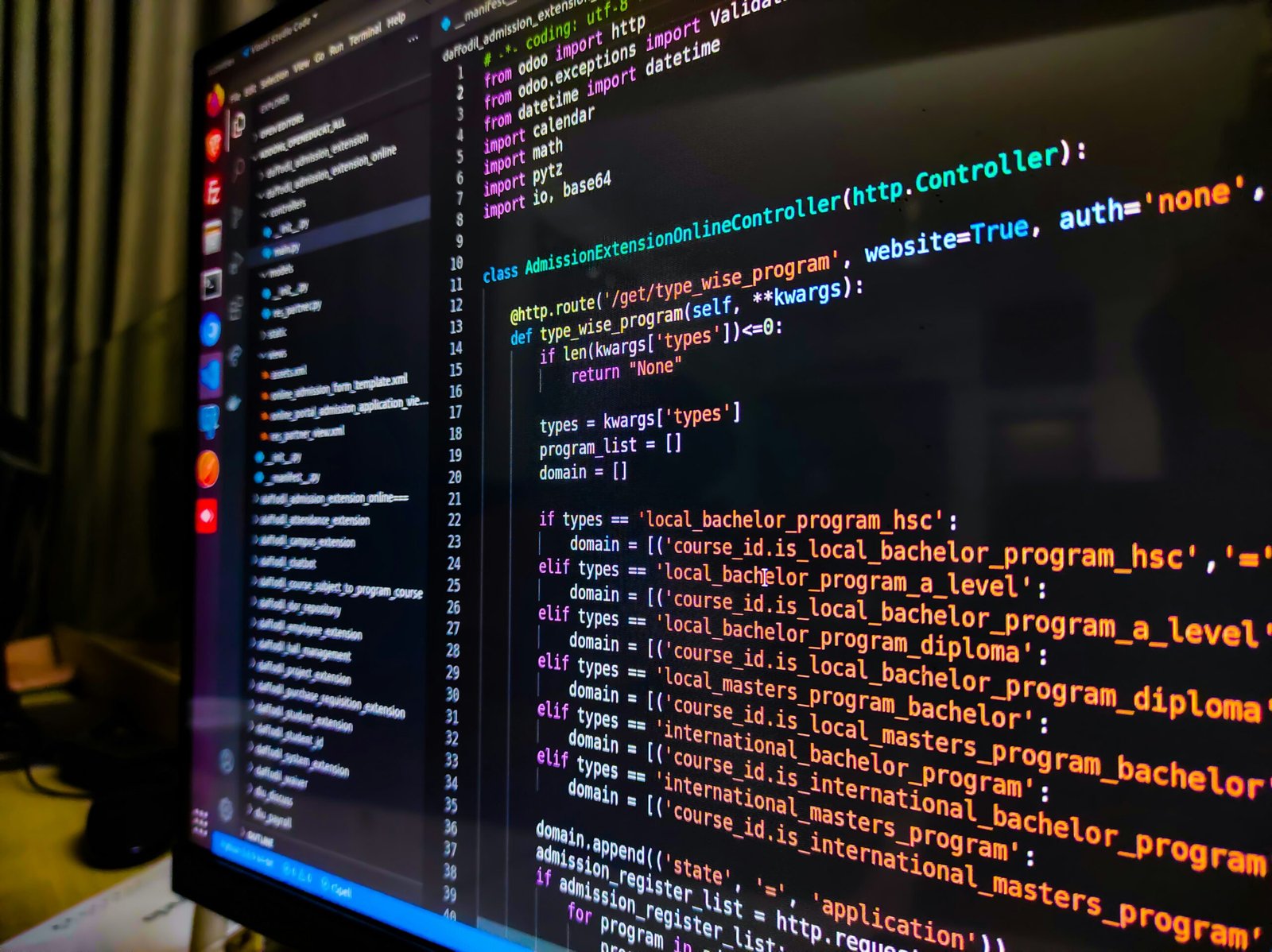The Theoretical Development of AI Systems Capable of Performing Any Human Intellectual Task
Introduction to General AI: Concepts and Definitions General Artificial Intelligence (AGI) represents a monumental leap in the field of artificial intelligence, aiming to create systems capable of performing any intellectual task that a human can. Unlike Narrow AI, which is designed to excel in specific tasks such as image recognition or language translation, AGI aspires … Read more









